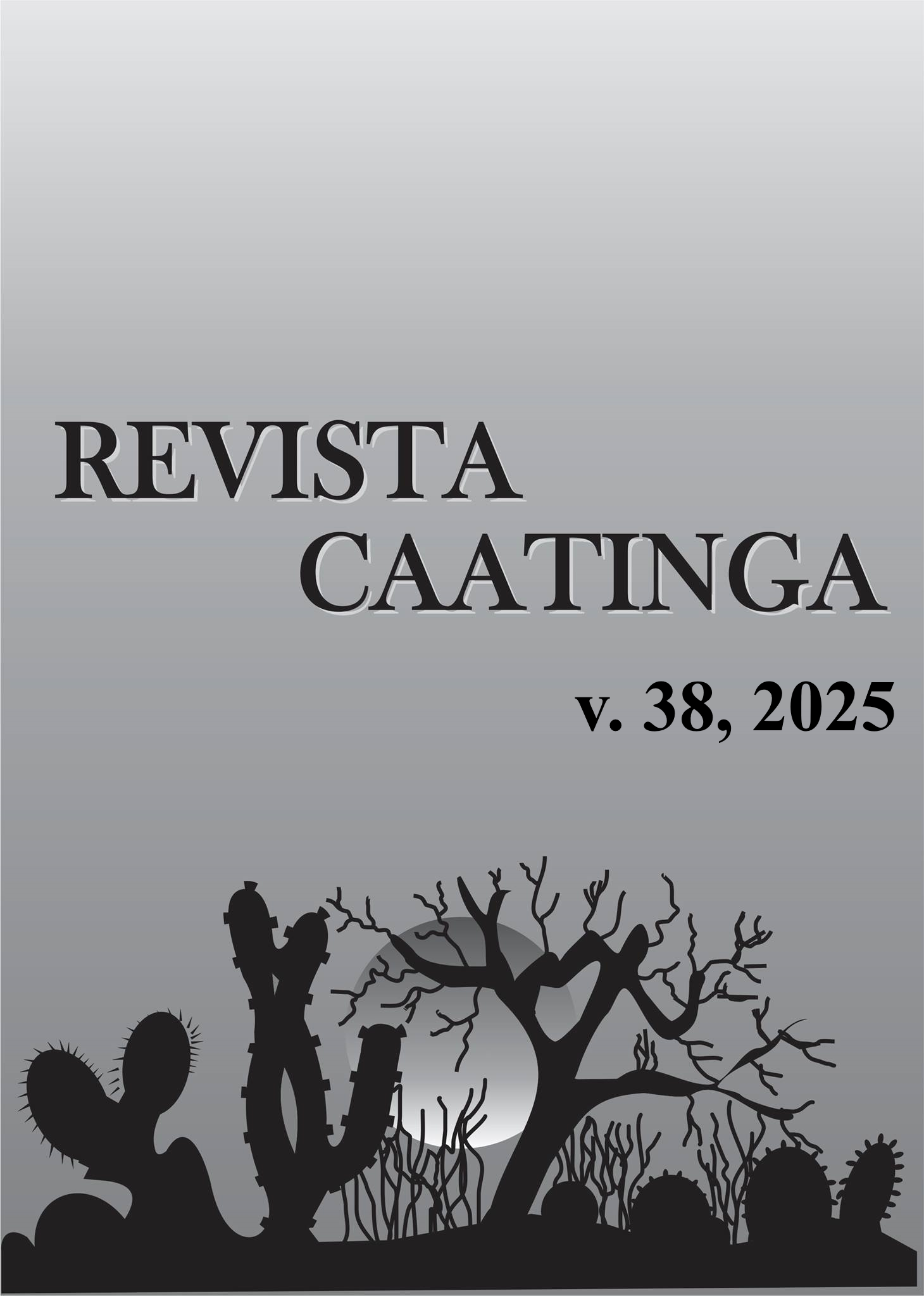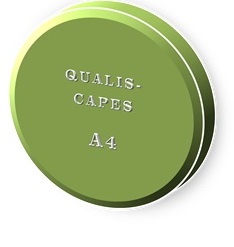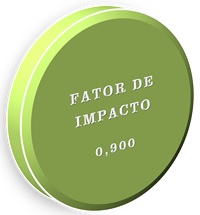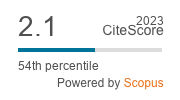Dynamics and period of weed control in lettuce grown in an organic system
DOI:
https://doi.org/10.1590/1983-21252025v3812665rcKeywords:
Lactuca sativa L. Competition. Protected environment.Abstract
Growing lettuce in a shaded environment in the semi-arid region has become an alternative to creating an ideal microclimate for crop development. However, this microclimate also favors weed development. Therefore, the objective of this study was to evaluate the effect of the reduction in luminosity caused using shading screens on the critical period of interference prevention (CPIP) in organic lettuce cultivation. Two experiments were carried out in randomized blocks with three replications in a split-plot design. The first experiment was conducted under full light conditions and the second in a shaded environment with a 35% reduction in light intensity. Shading altered the dynamics of weeds, with Digitaria horizontalis Willd and Amaranthus spinosus L. having the highest density in crops without cover and shaded environments, respectively. The lack of weed control reduced lettuce productivity by 66 and 90% in uncovered and shaded systems, respectively. The CPIP of lettuce in an uncovered environment occurred 11–33 and 12–28 days after transplant (DAT) considering an acceptable production reduction of 2.5 and 5%, respectively. The shaded environment decreased the CPIP of lettuce to 8–19 and 9–18 DAT for acceptable production reductions of 2.5 and 5%, respectively. Therefore, growing organic lettuce in a shaded environment allows for a shorter control period.
Downloads
References
CARMO FILHO, F.; ESPÍNOLA SOBRINHO, J.; MAIA NETO, J. M. Dados climatológicos de Mossoró: um município do semi-árido nordestino. Mossoró, RN: ESAM, 1991. 121 p. (Coleção Mossoroense, 30).
COSTA JÚNIOR, C. O. et al. Shading on Yield and Quality of Lettuce Cultivars in Semiarid Conditions. Journal of Agricultural Science, 11: 162-171, 2019.
DARYANTO, S.; WANG, L.; JACINTHE, P. A. Impacts of no-tillage management on nitrate loss from corn, soybean and wheat cultivation: A meta-analysis. Scientific Reports, 7: 12117, 2017.
DIAMANTE, M. S. et al. Production and resistance to bolting of loose-leaf lettuce grown in different environments. Ciência Agronômica, 44: 133-140, 2013.
FAO – Food and Agriculture Organization of the United Nations 2016. Production quantities of Lettuce. Available at: <http://www.fao.org/faostat/en/#data/QC>. Access on: Jan. 26, 2018.
FREITAS, M. A. M. et al. Water deficit on growth and physiological indicators of Bidens pilosa L. and Bidens subalternans DC. Revista Caatinga, 34: 388-397, 2021.
FREITAS SOUZA, M. et al. Can irrigation systems alter the critical period for weed control in onion cropping? Crop Protection, 147: 105457, 2021.
KIM, M. J. et al. Nutritional value, bioactive compounds, and health benefits of lettuce (Lactuca sativa L.). Journal of Food Composition and Analysis, 49: 19-34, 2016.
KNEZEVIC, S. Z.; DATTA, A. The Critical Period for Weed Control: Revisiting Data Analysis. Weed Science, 63: 188-202, 2015.
LINS, H. A. et al. Economic evaluation and effectiveness of herbicides applied in pre-emergency in the sesame. Revista Caatinga, 34: 621-630, 2021.
MARTÍNEZ-VILALTA, J. et al. A new look at water transport regulation in plants. New Phytologist, 204: 105-115, 2014.
MWENDWA, J. M. et al. The weed suppressive ability of selected Australian grain crops; case studies from the Riverina region in New South Wales. Crop Protection, 103: 9-19, 2018.
PEREIRA, F. et al. Growth, assimilate partition and yield of melon charenthais under different shading screens. Horticultura Brasileira, 29: 91-97, 2011.
RAJENDRUDU, G.; PRASAD, J. S. R.; DAS, V. S. R. C3-C4 Intermediate Species in Alternanthera (Amaranthaceae) Leaf Anatomy, CO2 Compensation Point, Net CO2 Exchange, and Activities of Photosynthetic Enzymes. Plant Physiology, 80: 409, 1986.
REGINALDO, L. T. R. T. et al. Weed interference in carrot yield in two localized irrigation systems. Revista Caatinga, 34: 119-131, 2021.
RICARDO, A. D. S. et al. Telas de sombreamento no desempenho de cultivares de alface. Nucleus, 11: 433-442, 2014.
SÁNCHEZ-DEL PINO, I.; MOTLEY, T. J.; BORSCH, T. Molecular phylogenetics of Alternanthera (Gomphrenoideae, Amaranthaceae): resolving a complex taxonomic history caused by different interpretations of morphological characters in a lineage with C4 and C3–C4 intermediate species. Botanical Journal of the Linnean Society, 169: 493-517, 2012.
SINCLAIR, T. R. et al. Limited-transpiration response to high vapor pressure deficit in crop species. Plant Science, 260: 109-118, 2017.
TAIZ, L.; ZEIGER, E. Fisiologia e desenvolvimento vegetal. 5. ed. Porto Alegre, RS: Artmed, 2013. 954 p.
TSUTSUMI, N. et al. Variations in structural, biochemical, and physiological traits of photosynthesis and resource use efficiency in Amaranthus species (NAD-ME-type C4). Plant Production Science, 20: 300-312, 2017.
TURSUN, N. et al. Nitrogen application influenced the critical period for weed control in cotton. Crop Protection, 74: 85-91, 2015.
ZHU, B. et al. Does organically produced lettuce harbor higher abundance of antibiotic resistance genes than conventionally produced? Environment International, 98:152-159, 2017.
Downloads
Published
Issue
Section
License
Os Autores que publicam na Revista Caatinga concordam com os seguintes termos:
a) Os Autores mantêm os direitos autorais e concedem à revista o direito de primeira publicação, com o trabalho simultaneamente licenciado sob a Licença Creative Commons do tipo atribuição CC-BY, para todo o conteúdo do periódico, exceto onde estiver identificado, que permite o compartilhamento do trabalho com reconhecimento da autoria e publicação inicial nesta revista, sem fins comerciais.
b) Os Autores têm autorização para distribuição não-exclusiva da versão do trabalho publicada nesta revista (ex.: publicar em repositório institucional ou como capítulo de livro), com reconhecimento de autoria e publicação inicial nesta revista.
c) Os Autores têm permissão e são estimulados a publicar e distribuir seu trabalho online (ex.: em repositórios institucionais ou na sua página pessoal) a qualquer ponto antes ou durante o processo editorial, já que isso pode gerar alterações produtivas, bem como aumentar o impacto e a citação do trabalho publicado (Veja O Efeito do Acesso Livre).







